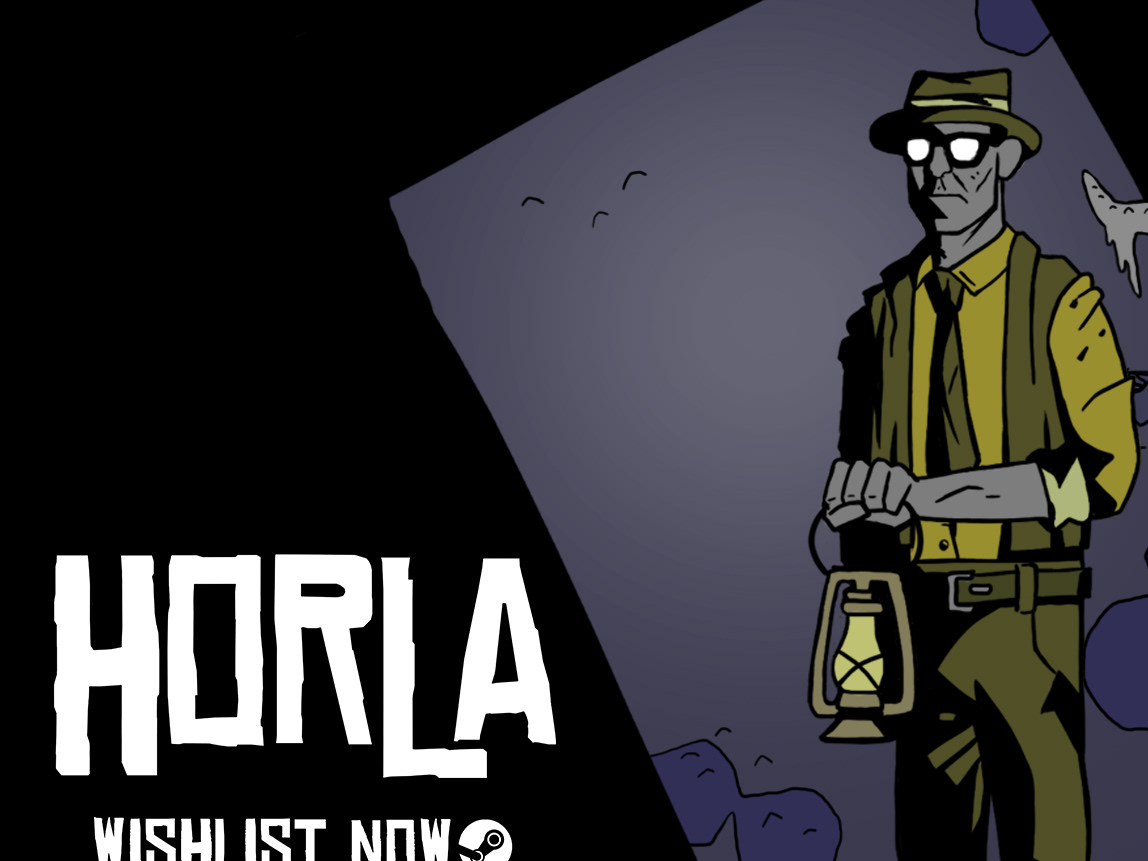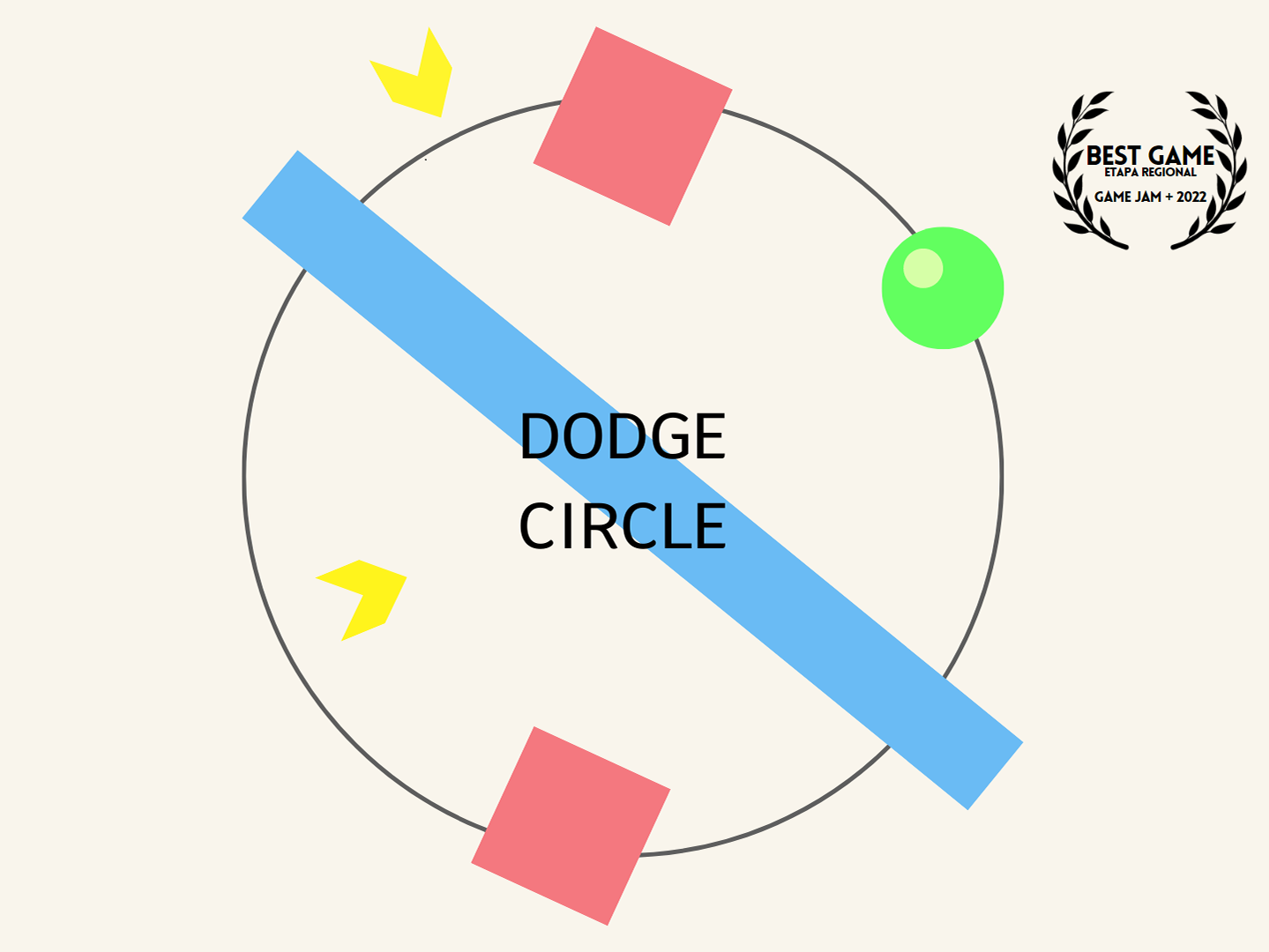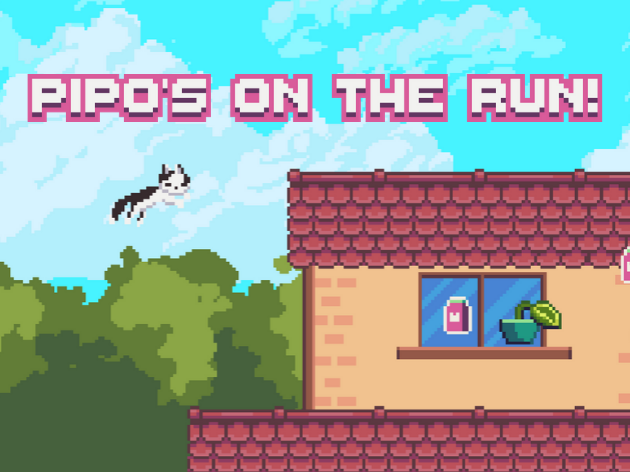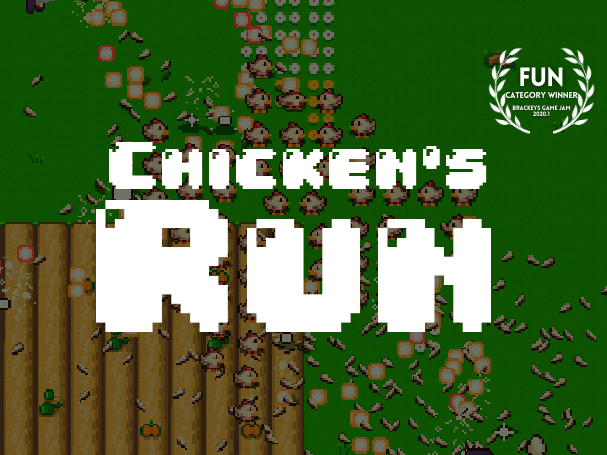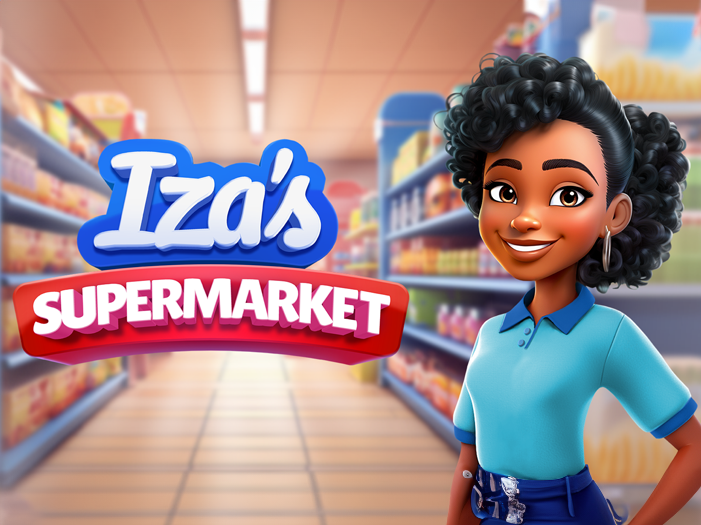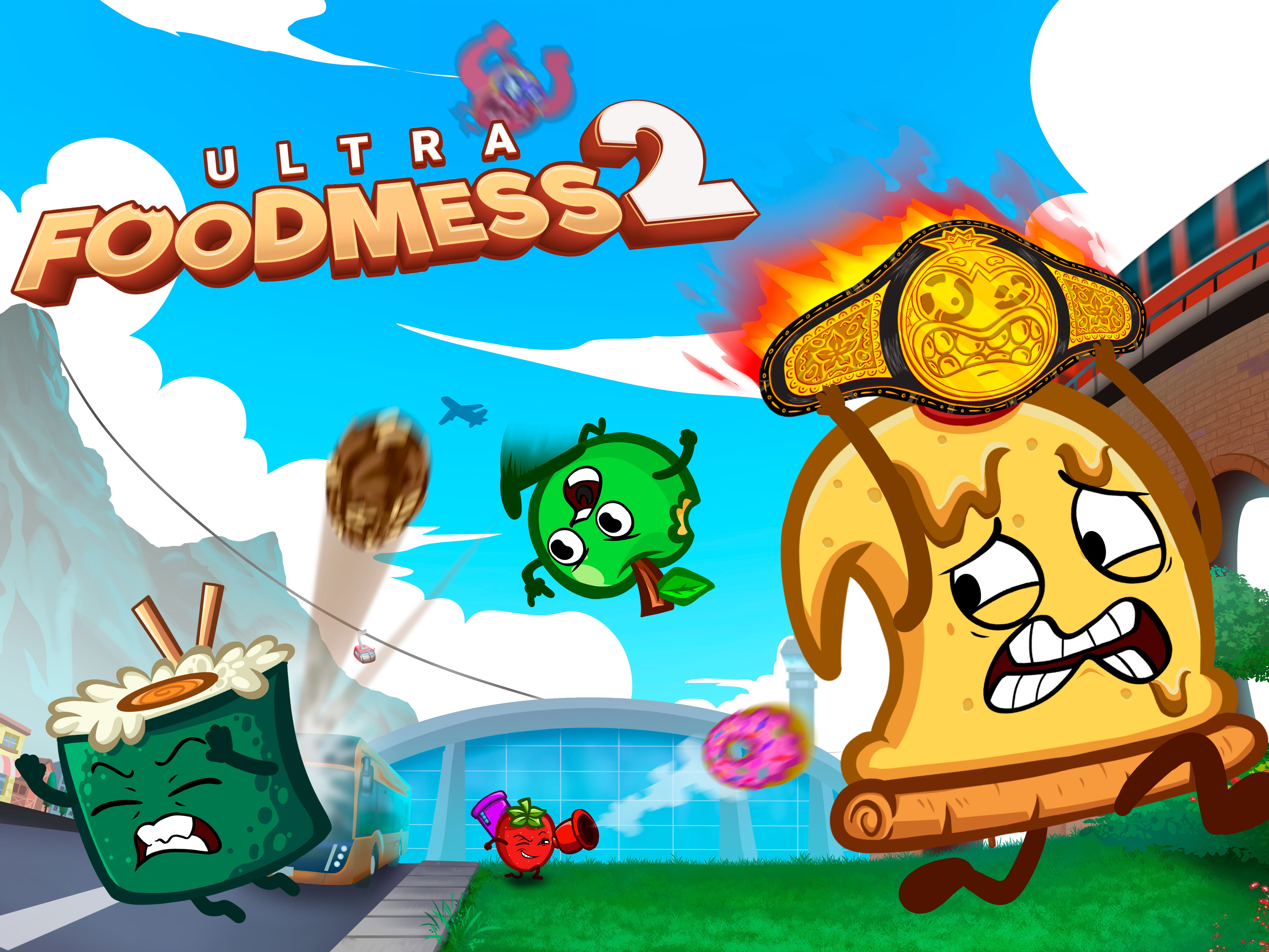An introspective experience about anxiety. SOLO is a platformer that stands out for its gameplay intrinsic to the narrative. Made in 2 weeks, it was the winner of the Podquest Jam 2021.
Team Size: 5;
: Narrative Adventure, Platformer;
Engine: Unity;
Development Time: 2 weeks;
Plataforma: PC, Web (Windows);
Website: https://4maumau.itch.io/solo
Roles and Responsabilities:
Game Design:
Level Design of 12 levels;
Narrative Design;
Programação:
Character movement;
Glow Shader;
"The developers of SOLO accomplished the most difficult feat: transforming playing into experiencing."
Gilliard Lopes, Senior Game Designer - Electronic Arts
About the Project
SOLO is a narrative-focused platform game. The main challenges I faced in this project revolved around Level Design and Narrative, given that my previous experiences were predominantly in Arcade-style games. In contrast, SOLO offers an introspective experience about anxiety and the challenges of dealing with judgment from others.
My main goal was to utilize Level Design to establish a strong connection between the player and the character, conveying the same emotions that the character was experiencing through the architecture. I aimed to leverage the design of each level to amplify the narrative, enabling a more immersive and impactful storytelling experience.
Tension Curves
Prior to sketching any game level or crafting the narrative, I defined the desired tension curves for the experience. This structure would serve as a guide for storytelling and the difficulty progression of the game levels. In addition to the tension/difficulty curve, I also plotted a chart representing the character's self-confidence, which would shape the character's introspective journey within the story.
"Meticulously designed game."
Paula Silva, Technical Artist - Electronic Arts
Level Design
In total, I developed 12 levels for the game. The process went through three phases: the design phase, which involved sketching out the level on paper with possible player routes; the iteration phase, testing the level in the game engine (both individually and with others) and making necessary adjustments; and the final version, which was ready to be implemented into the game.
Connecting the Player to the Character
At various moments, I utilized level architecture to convey the character's emotions. One notable instance occurs in the penultimate level when the character is freed from the "eyes." This marks a turning point where things start to improve, and the character feels more confident and light-hearted. As a result, the level becomes open and spacious. This stage contrasts with the final level: a pursuit after a dreadful fall. In the last level, the character feels insecure, vulnerable, and anxious. Accordingly, the level reflects these emotions, being tight, claustrophobic, and filled with imminent dangers.
"Everything in the game is intentional."
Luísa Cecília, Game Producer - Hermit Crab Game Studio
Bubbles of Thought
Initially, the thoughts were planned to be automatically activated, appearing as speech bubbles for the character. However, I opted to transform them into objects in the game (these red "bubbles") because they served an important purpose: acting as points of attention. Having them as in-game objects opened up numerous opportunities to enhance the Level Design and guide the player more naturally through the levels.
Pre-Production
I took advantage of the extended time provided by the Game Jam (2 weeks) to conduct research and enhance my knowledge in order to better construct the desired experience. I delved into articles on platform game design, attended lectures on storytelling, and played a variety of 2D platform games to gain inspiration for the Level Design. The pre-production research phase is often disregarded in jam projects, but for SOLO, it was instrumental in creating a high-quality game that ultimately emerged as the winner of the game jam.
